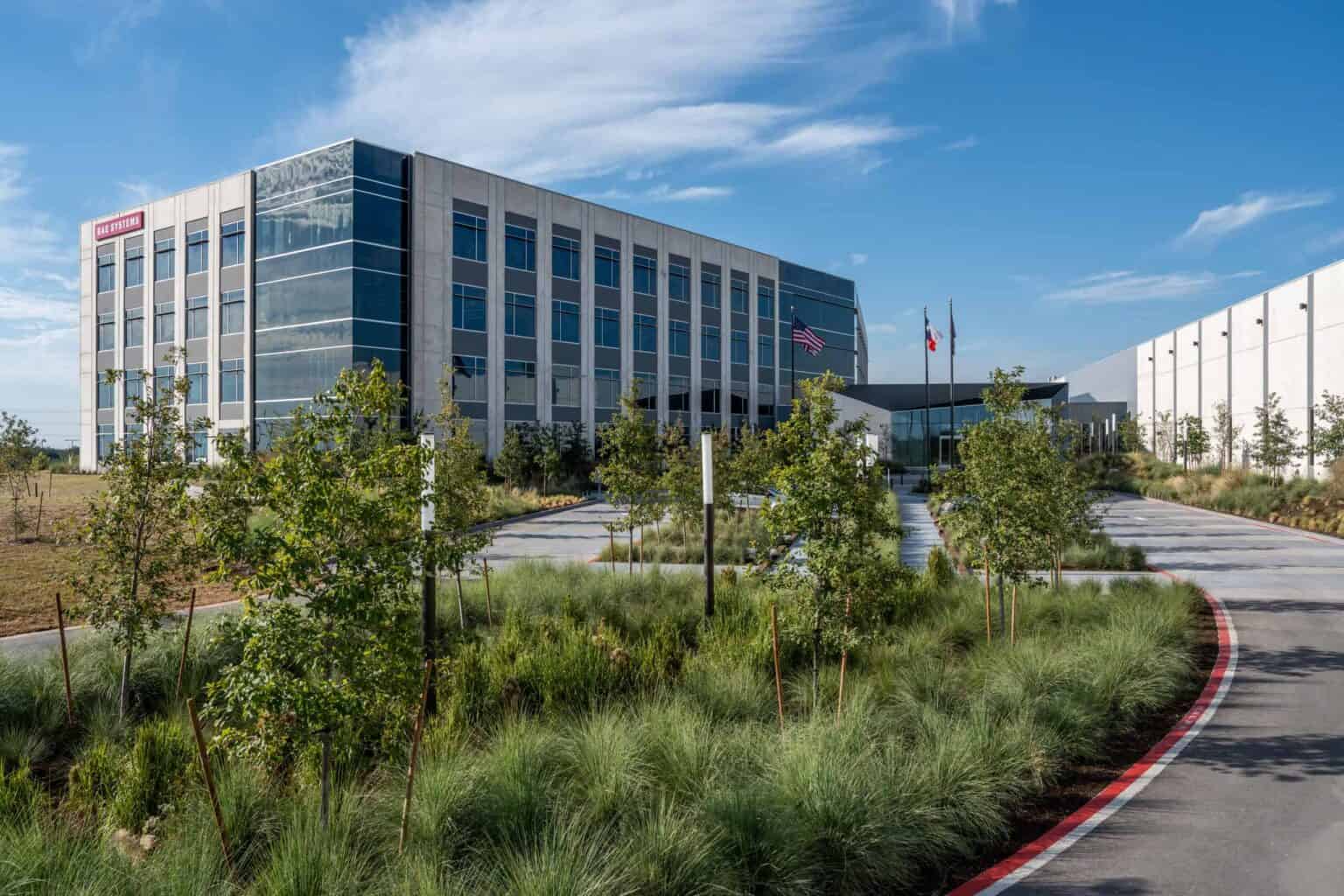Industrial land development plays a vital role in economic growth, job creation, and the expansion of regional infrastructure. However, selecting and preparing the right site is far from a straightforward process. Before a shovel ever hits the ground, developers must navigate a complex web of considerations—from zoning and permitting to utility availability and long-term operational costs.
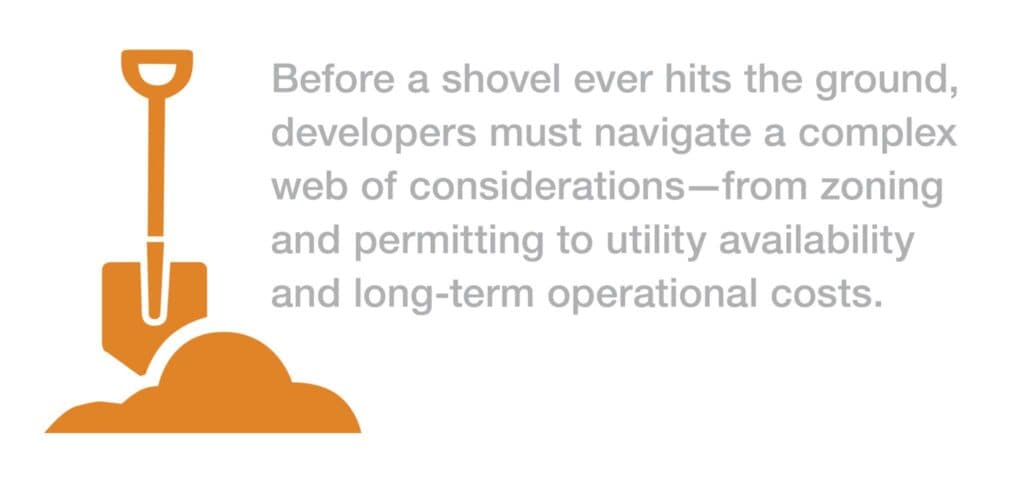
At HR Green, we support clients through every stage of the development process. While location strategy and market demographics may be handled by other consultants, we focus on what comes next: zoning, entitlement timelines, utility connection and site grading design, permitting, infrastructure capacity evaluations, and cost estimates. These early-stage factors can dramatically affect a project’s budget, schedule, and overall viability.
Site Investigation and Due Diligence: Comprehensive due diligence can prevent costly issues down the line. This includes geotechnical studies, environmental assessments, floodplain analysis, and design surveys to determine property boundaries and easements. Topography, soil conditions, and existing structures and vegetation all influence construction feasibility and cost.
Development and Permit Fees: Understanding the full scope of development and permit fees is essential when evaluating a site. Municipalities may charge for plan reviews, utility connections, traffic impact studies, and more. These fees can vary widely by jurisdiction, and early identification of these costs helps avoid budget surprises later in the project.
Scheduling and Entitlements: Time is money in any development project. The entitlement process—including zoning approvals, site plan reviews, and public hearings—can differ greatly between municipalities. A clear timeline should be established early, outlining key permitting milestones and expected review durations.
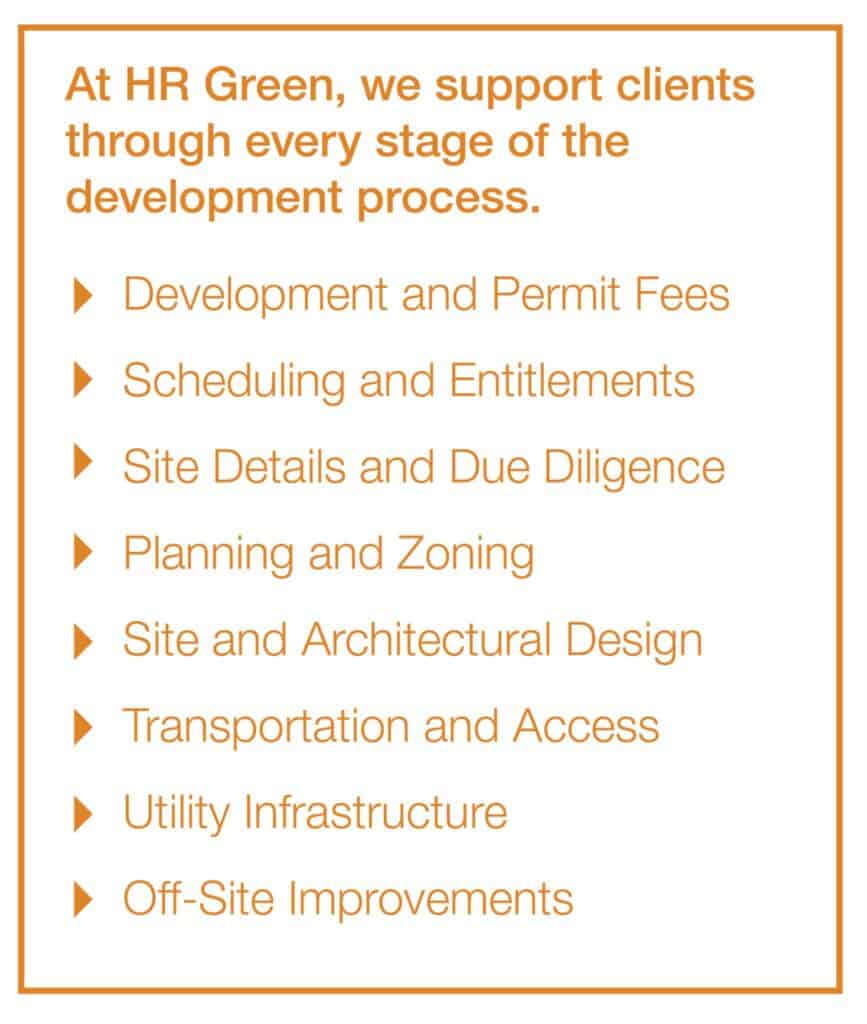
Planning and Zoning: Confirming that the site is zoned for industrial use is a foundational step. If rezoning or special use permits are required, the time and risk associated with those processes must be factored in.
Site and Architectural Design: Effective site design must balance functionality, aesthetics, and regulatory requirements. Grading, drainage, parking, and building orientation all need to be carefully planned. Civil and architectural design and permitting should align with local codes, especially for fire protection, accessibility, and environmental impact.
Transportation and Access: Roadway access and proximity to highways, rail lines, or intermodal facilities can make or break an industrial site. The project team should evaluate the need for roadway extensions, traffic signal upgrades, or intersection improvements, as well as the potential for heavy vehicle traffic.
Utility Infrastructure: One of the most critical aspects of site readiness is utility availability. A detailed review should be conducted for each of the following:
- Sanitary Sewer: Existing capacity, pipe size, elevation, and distance to connection point.
- Storm Drainage: On-site detention requirements, floodplain implications, and stormwater quality requirements.
- Water Supply: Flow and pressure adequacy for domestic, process, and fire suppression needs.
- Electric and Natural Gas: Availability of high-demand service and infrastructure upgrades.
- Telecommunications: Fiber and broadband access to meet operational needs.
Off-Site Improvements: Some sites may require improvements beyond the property lines—such as utility extensions or road widening—to support development. These off-site upgrades can significantly impact the project budget and timeline and should be evaluated early.

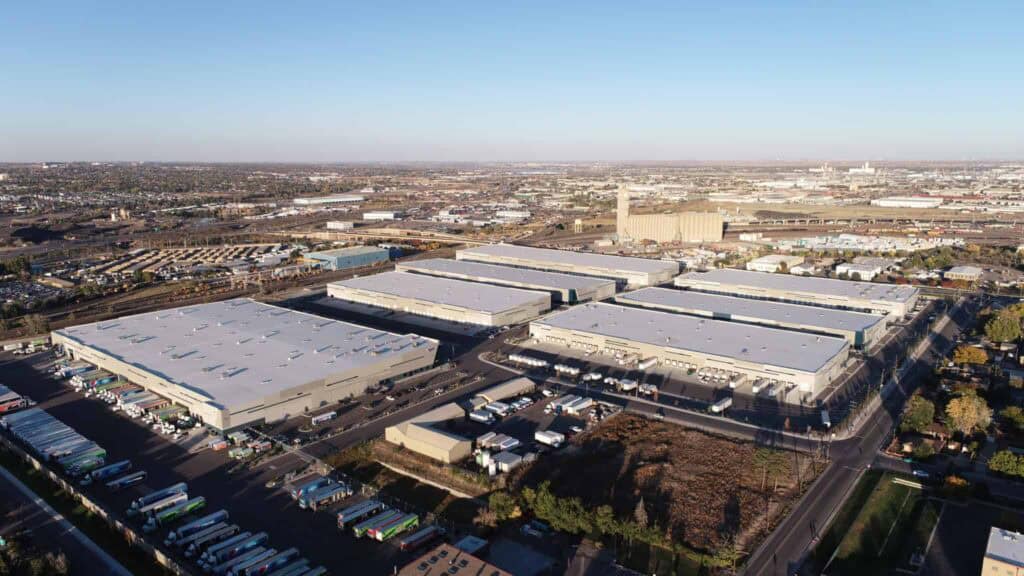
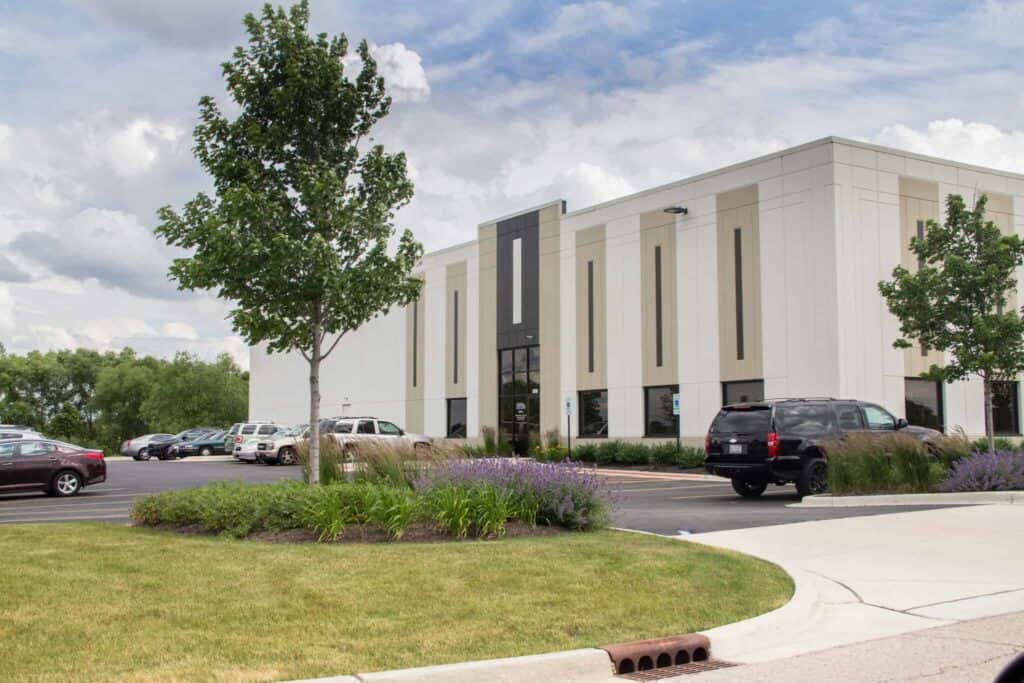
“Our clients understand that successful land development projects start long before construction—they begin with strategic site planning that aligns infrastructure, access, and environmental considerations for long-term growth. However, even if the optimal site is selected and planned for, you still need a team with local understanding of the entitlement process and development codes. Our team brings that critical knowledge and relationships to make your project a success.”
Faris Abboushi, Regional Director – Land Development
Strategic Site Planning Starts with the Right Knowledge
Successful land development starts with a thorough understanding of site constraints, infrastructure needs, and jurisdictional requirements. At HR Green, we work closely with jurisdictions and utility providers to identify obstacles early and develop cost-effective solutions—whether it’s securing easements, expediting plan reviews, or coordinating multi-agency approvals.
Ready to build smarter? HR Green’s experienced land development team is here to help. Contact us today to learn how we can support your next industrial project from concept to completion.
